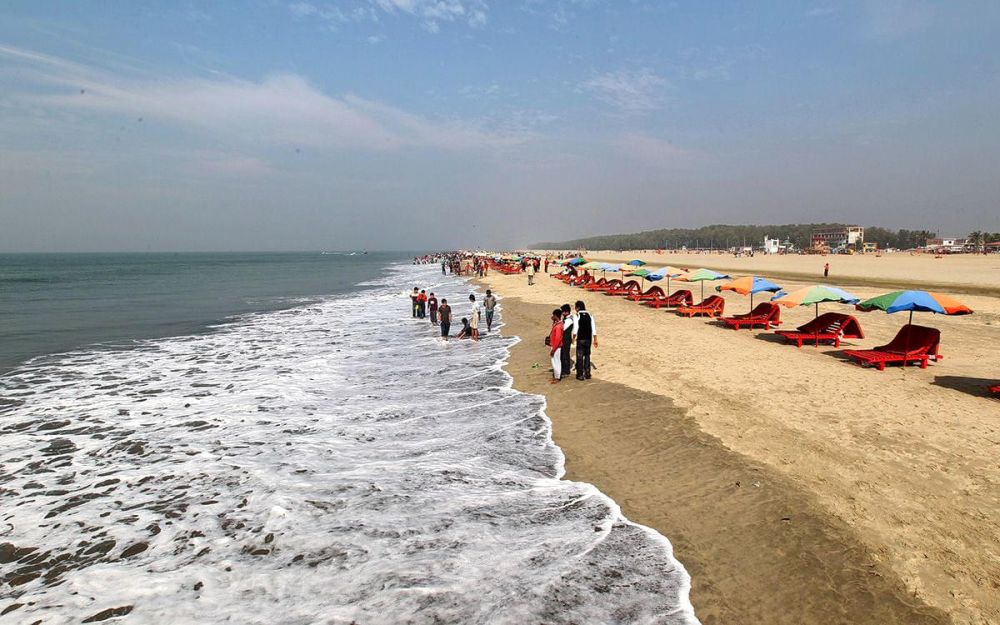

Cox's Bazar Beach, located in the town of Cox's Bazar in Bangladesh, is famed for being the longest natural sea beach in the world, stretching over 120 kilometers. The history of Cox's Bazar as a tourist destination is both rich and culturally significant, with attractions that have drawn visitors for decades.
The history of tourism at Cox's Bazar can be traced back to the British colonial period. The beach was named after Captain Hiram Cox, an officer of the British East India Company, who sought to rehabilitate refugees in the area. The sublime beauty of the golden sand beach against the backdrop of the verdant hills of Myanmar to the southeast captivated those who learned of it. In the early 20th century, the British administration took several initiatives to promote this place as a holiday retreat, but it was post-independence that tourism truly began to flourish.
After Bangladesh's independence in 1971, the newly formed government recognized the potential of Cox's Bazar and started to develop it as a tourist destination. Infrastructure was gradually developed, including hotel accommodations and transportation, making it more accessible to both domestic and international tourists.
In the past few decades, Cox's Bazar has witnessed a significant transformation with the establishment of various luxury resorts, eco-cottages, and improved connectivity, including the construction of the Cox's Bazar Airport. With these developments, tourism in Cox's Bazar has grown exponentially.
The recent trend in tourism at Cox's Bazar has been marked by a surge in sustainable and ecotourism practices. Tourists are increasingly inclined towards environmentally friendly hotels and tours that offer experiences such as beach cleanups and conservation activities.
Additionally, adventure tourism is also gaining popularity. Activities like parasailing, jet skiing, and speed boating are now common, attracting a younger demographic looking for excitement beyond the serenity of sea bathing.
Moreover, cultural tourism has seen growth with visitors taking interest in the local tribes, their handloom products, and the seafood cuisine which is a significant aspect of Cox's Bazar’s local culture.
Despite its popularity, Cox's Bazar faces challenges such as coastal erosion, overcrowding, and environmental concerns. However, there is a concerted effort by the government and various stakeholders to address these issues to ensure sustainable development of tourism in the region.
The future prospects for tourism in Cox's Bazar look promising. With plans to develop more eco-friendly resorts, introduce responsible tourism initiatives, and foster community tourism, Cox's Bazar is poised to continue being a reputed and loved tourist destination for many years to come.
A destination that started from colonial past to a burgeoning hotspot, Cox's Bazar stands as a testament to the evolving nature of tourism in Bangladesh.